With consumers increasingly seeking transparency and convenience, connected packaging is gaining momentum and is no longer just a novelty or a feature reserved for luxury goods. It’s quickly becoming a standard that consumers not only appreciate but expect. Connected packaging encompasses physical product packaging linked to digital content and services through augmented reality, QR codes and other mobile-enabled technologies. This trend allows direct communication between brands and consumers, creating a seamless and engaging experience. For private brands and retailers looking to stay ahead, understanding the drivers and benefits of connected packaging is paramount.
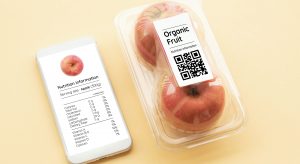
The Desire for Transparency
Consumers are more informed and connected than ever before. They want to know what they’re buying, how it’s made, and its impact on the environment and their health. Retailers that understand and act on this desire for transparency will gain a competitive edge. Imagine a world where a customer can pick up a product, scan its packaging, and instantly receive detailed information about its origin, production process, expiration date, and even suggested recipes. This not only meets the consumer’s need for transparency but also creates an immersive retail experience that fosters brand trust and loyalty.
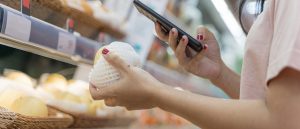
The Added Value of Personalization
By having smart packaging that connects to a consumer’s smartphone, brands can send targeted promotional discounts, personalized health tips, or even allow customers to reorder the product with a simple scan. This level of convenience and tailored information resonates with consumers, often leading to increased customer satisfaction and, subsequently, more repeat purchases.
Improving Accessibility
Everyone has the right to know what they are buying, yet until now, packaging information has been inaccessible to shoppers with visual impairments. Cutting-edge NaviLens technology is making instant access to essential product details without the need for sight a reality. The system uses high-contrast smart codes composed of a series of strikingly vibrant colored squares set against a stark black background which can be detected and scanned by shoppers using the NaviLens or NaviLens GO apps on their
smartphones. What sets this technology apart is its convenience and user-friendliness. The codes can be captured by the app from a distance, efficiently guiding shoppers to their desired product without the need for close examination or physical contact. Moreover, this revolutionary feature enables consumers to audibly access vital product details such as packaging size, nutritional facts, and even cooking instructions which are available in up to 36 different languages.
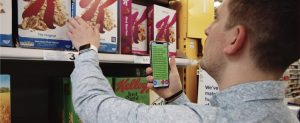
Kellogg Company is the first food company in the U.S. to incorporate the NaviLens technology on its packaging, featuring the smart code on four of its iconic cereal brands, marking a significant step towards making daily experiences more accessible for blind and visually impaired consumers in the United States.
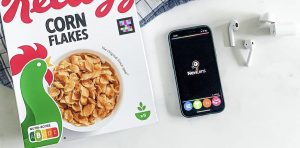
The Power of Information
Connected packaging is not just beneficial for consumers; it also provides a treasure trove of data that retailers can use to optimize their operations, from inventory management to marketing strategies. For instance, tracking the real-time usage and consumer behavior can help brands understand consumption patterns, forecast demand more accurately, and reduce waste.
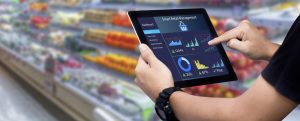

Shoppers rely heavily on packaging for clarity and simplicity when navigating the landscape of healthy food choices. Only Goodness has set a new standard in accessible, honest packaging by offering straightforward information that clearly highlights what ingredients have been eliminated along with key nutritional benefits. A simple scan of the on-pack dynamic QR code reveals all the product information at your fingertips.
No hidden ingredients, no cryptic health claims – just simple, honest information.
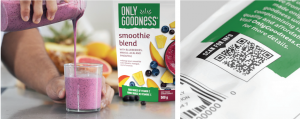
The Challenges
Despite its obvious benefits, the implementation of connected packaging does not come without challenges. The investment in technology and infrastructure, the need for clear privacy and data security policies, and ensuring compatibility with a wide range of mobile devices are just a few hurdles that need to be addressed.
Connected packaging is not merely a technological advancement; it’s a strategic imperative for any brand or retailer wishing to thrive in the digital age. By creating a bridge between the physical and digital worlds, companies can deepen consumer relationships, improve operational efficiency, and drive substantial business results. The question is not whether to invest in connected packaging, but how to do so effectively and sustainably.